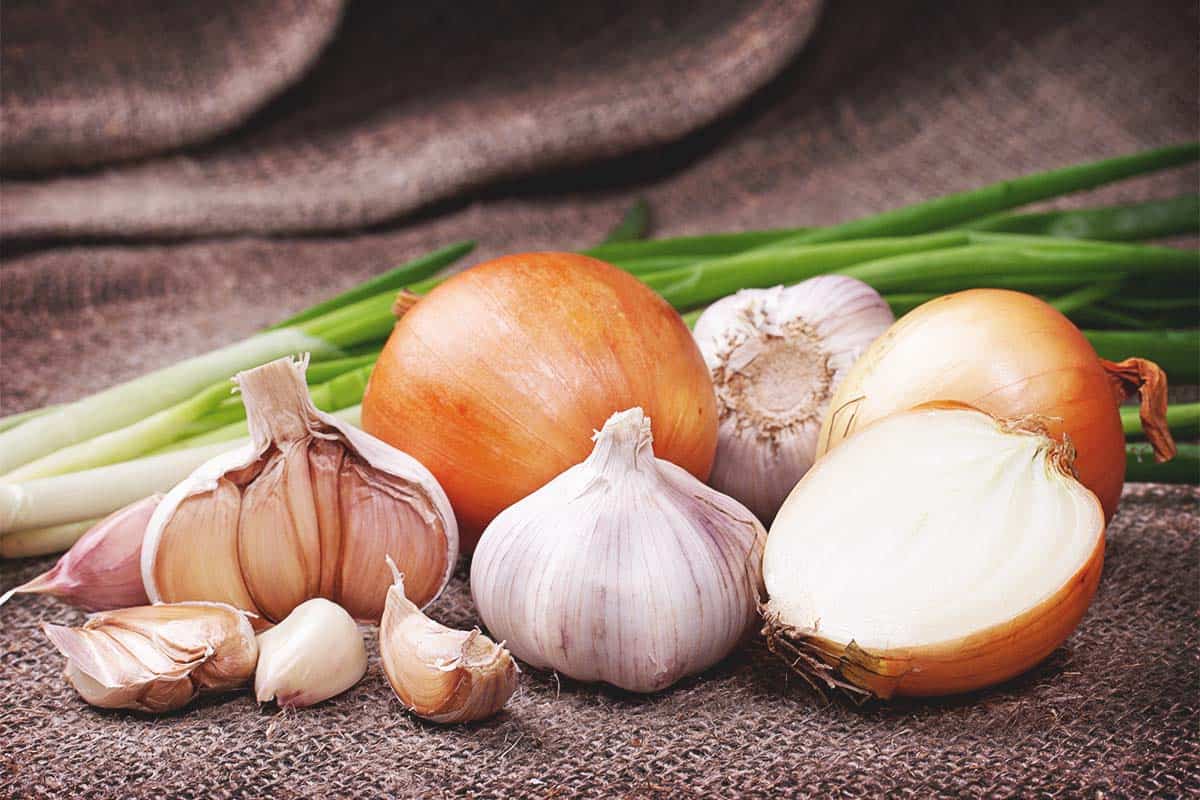École Brantford has a wonderful set of school garden bins that help us learn about plants and pollinators. To help our garden grow, we also have something called the Hungry Bin! It is home to hundreds of red wriggler worms, which turn food scraps into rich compost. Division 9 is responsible for the Hungry Bin; we check up on the worms and feed them food scraps weekly. If you would like to help feed the worms, here is what you need to know:
 The worms like:
The worms like:
- All vegetables and greens (except garlic and onions)
- All fruit (except citrus)
- Crushed eggshells
- Cardboard (preferably ripped into small pieces)
 The worms do not like:
The worms do not like:
- Garlic
- Onions
- Any citrus (oranges, lemons, lime, etc.)
- Meat
- Dairy
 The worms can have minimal amounts of:
The worms can have minimal amounts of:
- Bread, pasta or other grains
If you desire, you can chop up the food into small pieces or even blend it in a blender to make it easier for the worms to eat! But if catering to worm taste buds is not your idea of a fun activity, they will still eat the food if it isn’t blended or chopped.
Please bring the food to school in a sealed container (old yogurt containers or tupperware work well). We will feed the worms during our calm time after lunch, rinse the container, and send it home.
The liquid that collects in the tray underneath the bin is called “worm tea”, and it is rich in nutrients. It can be sprinkled on the garden as fertilizer!
The bottom trap of the hungry bin can be released to get the compost, which can be spread on the garden.
For more info, you can check here: https://greentools.ca/canada/faq


One thought on “The Hungry Bin”
-
Pingback: November 1-5, 2021 – La Division 9
Leave a Reply